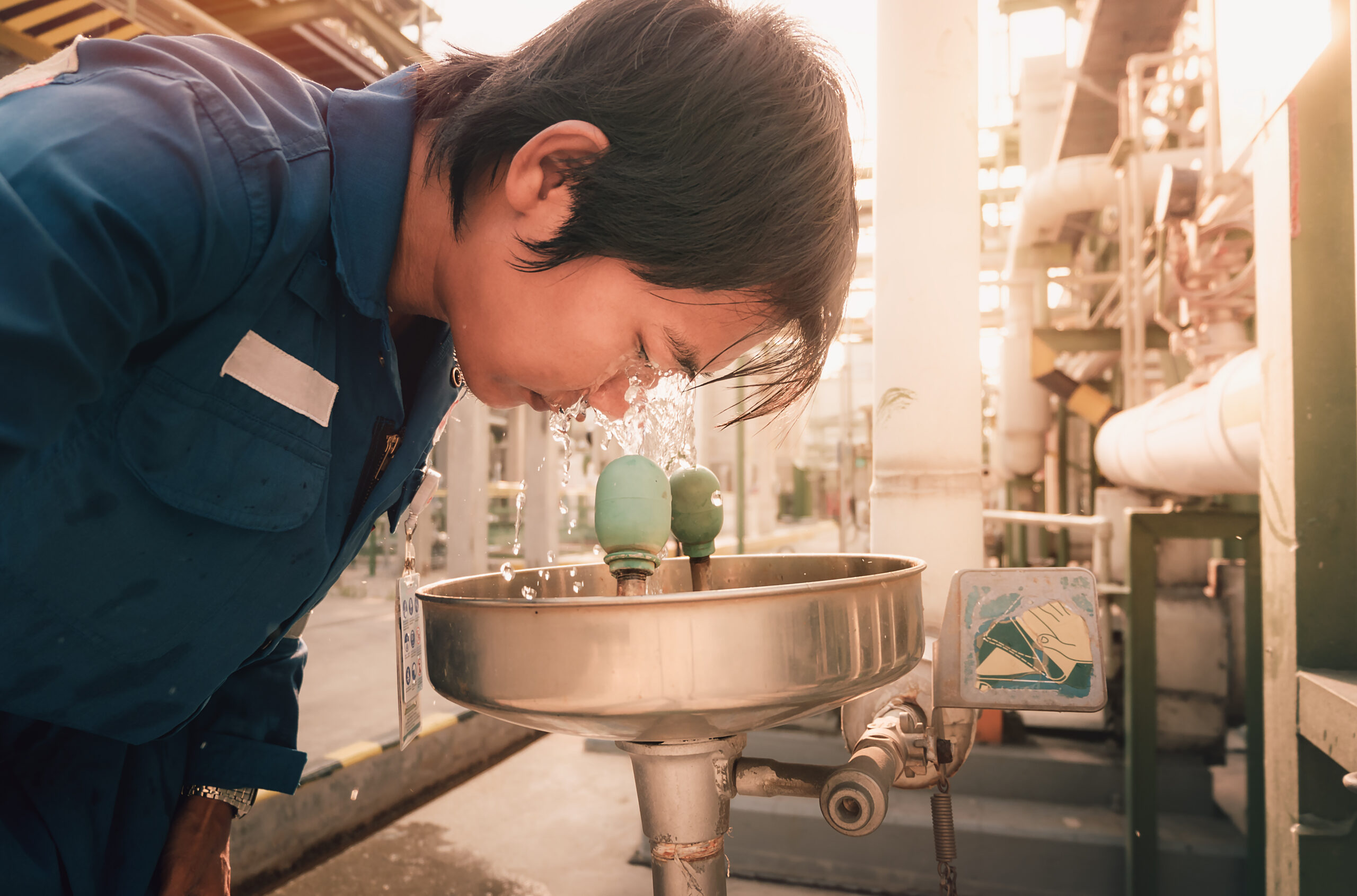Employer, Eye Health, Safety
Five Ways to Prevent Eye Injuries at Work
Every day, employees in the workplace face hazards that could cause eye injuries in a matter of seconds. A few of the most common are dust, flying particles, chemical splashes, a flash of optical radiation, or sparks. While not every industry may face the same hazards, it is still important to know what is harmful to your eyes and reduce your risk. Every employee’s vision is essential to their job, so let’s talk about five protocols employers can implement to keep the risk low and prevent eye injuries.
Prevent Injuries With These Five Tips
1. Know the Hazards
Every industry has its hazards, but the industries with a higher risk of eye injury include manufacturing, construction, auto repair, carpentry, electrical work, and welding. However, every safety manager, especially in these industries, should have an annual eye safety assessment to evaluate the hazards in their workplace.
- Identify equipment or materials that can cause eye injuries if not operated or used right.
- Consider all situations for employees to avoid in specific areas if they aren’t wearing protective safety eyewear. Point out all areas where PPE is required.
- Evaluate all equipment to ensure safety guards are working correctly and your employees understand how to operate the machines safely.
2. Choose the Right Type of Eye Protection
Because of the hazards in more industrial industries, OSHA created regulations for all employees to wear protective safety eyewear to keep everyone safe. These regulations include:
- The employer should ensure each affected employee uses appropriate eye or face protection when exposed to hazards.
- The safety eyewear worn must protect from the sides.
- Those who wear prescription lenses or contacts must have safety eyewear with their prescription included or protective eyewear for over their glasses.
- Eye and face PPE should have a distinct marking to identify the manufacturer.
- Employers ensure that each affected employee uses equipment with filter lenses that have a shade number appropriate for their work to protect them from harmful light radiation.
- All eyewear must meet ANSI Z87.1 standards.
3. Regularly Inspect Protective Gear
Employers must train their employees to inspect their safety eyewear regularly before wear and know how to request replacements. Every day, they should check for:
- Cracks or scratches
- Damage to the frames including, the nose pieces, body, and side shields.
- Tears in Goggle seals
- Secure fit of headbands
4. Have an Emergency Eye Wash Station Near Chemicals
In the case of any emergency, every workplace should have accessible eyewash stations near hazardous areas and chemicals. Flushing out employees’ eyes immediately after they have come in contact with chemicals can reduce the severity or even prevent blindness from occurring. Ensure eyewash stations are no more than 10 seconds away from hazardous areas and that all employees know their location.
5. Provide Regular Vision Screenings for Employees
You should ensure your employees get their vision regularly tested to prevent accidents as an employer—incorporate vision testing in pre-placement and routine examinations of employees to ensure their safety.
Work With SafeVision & Protect Your Employees Eyesight
At SafeVision, we provide corporate programs to ensure employees receive and wear proper safety eyewear for their industries. If you are a safety manager looking to reduce injuries and increase protection but don’t have a corporate program, talk with one of our representatives. Together we can make the working industry a safer place.

